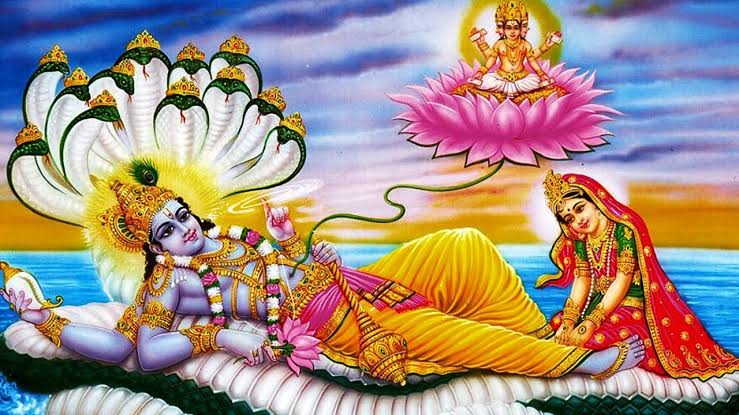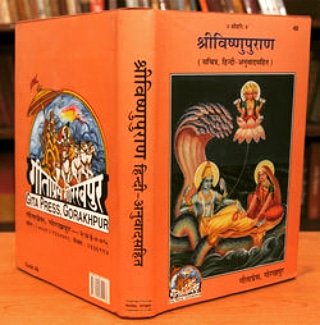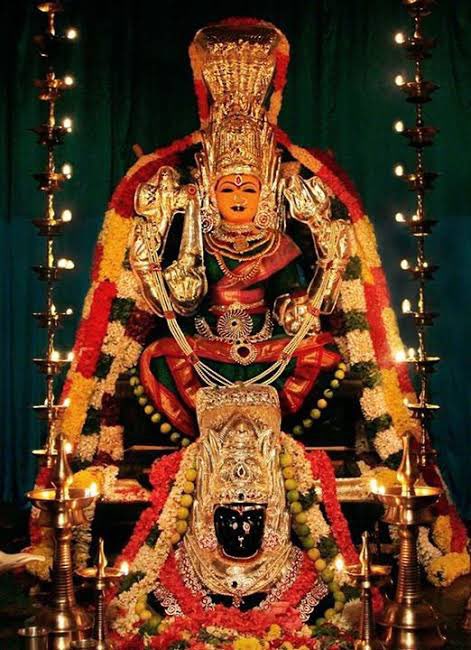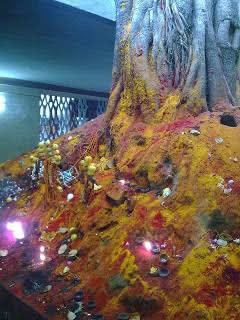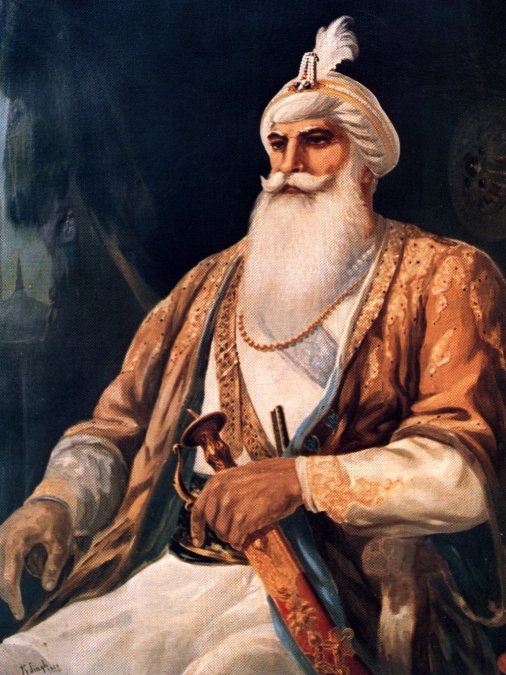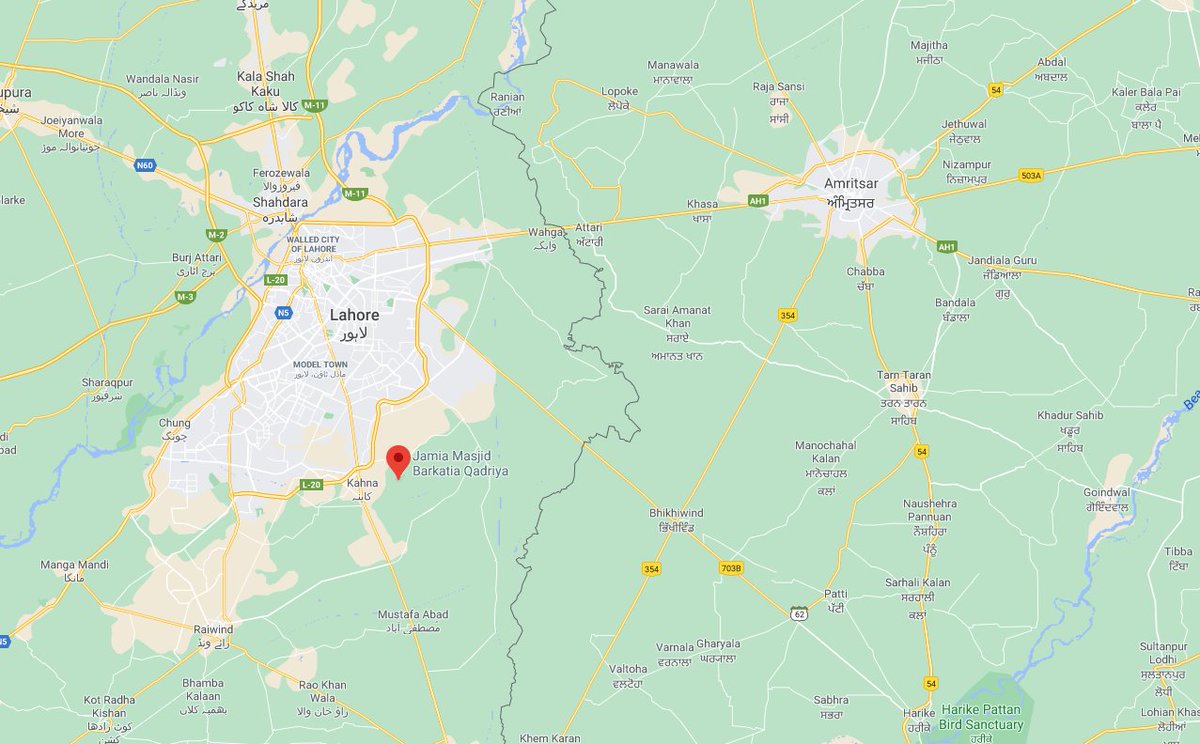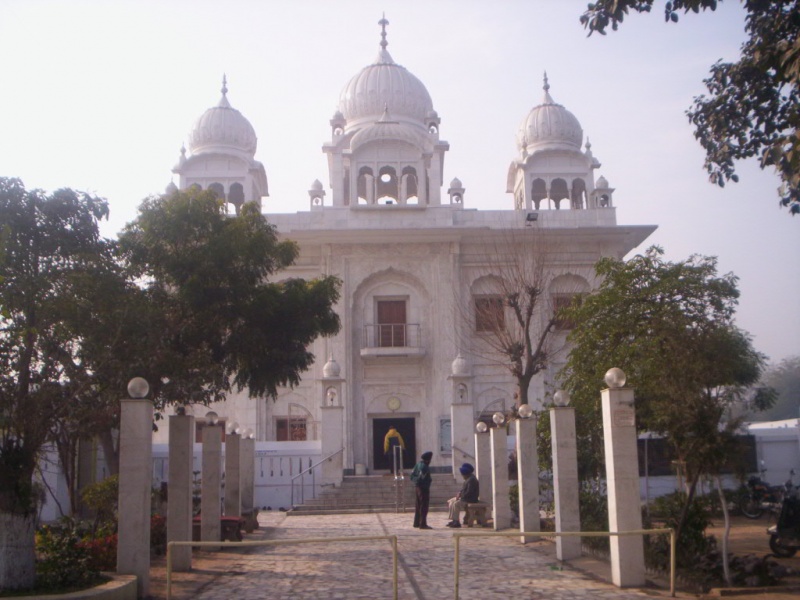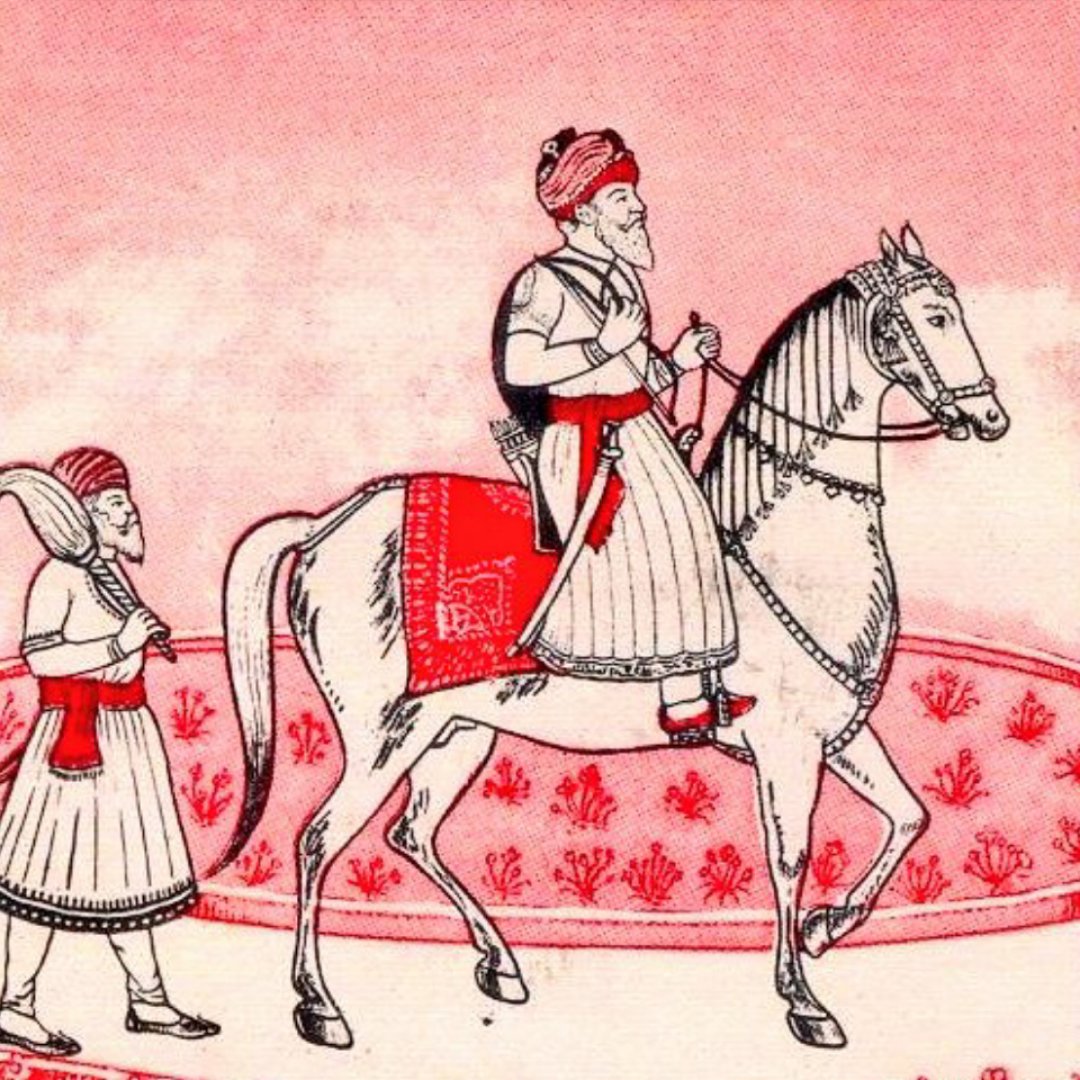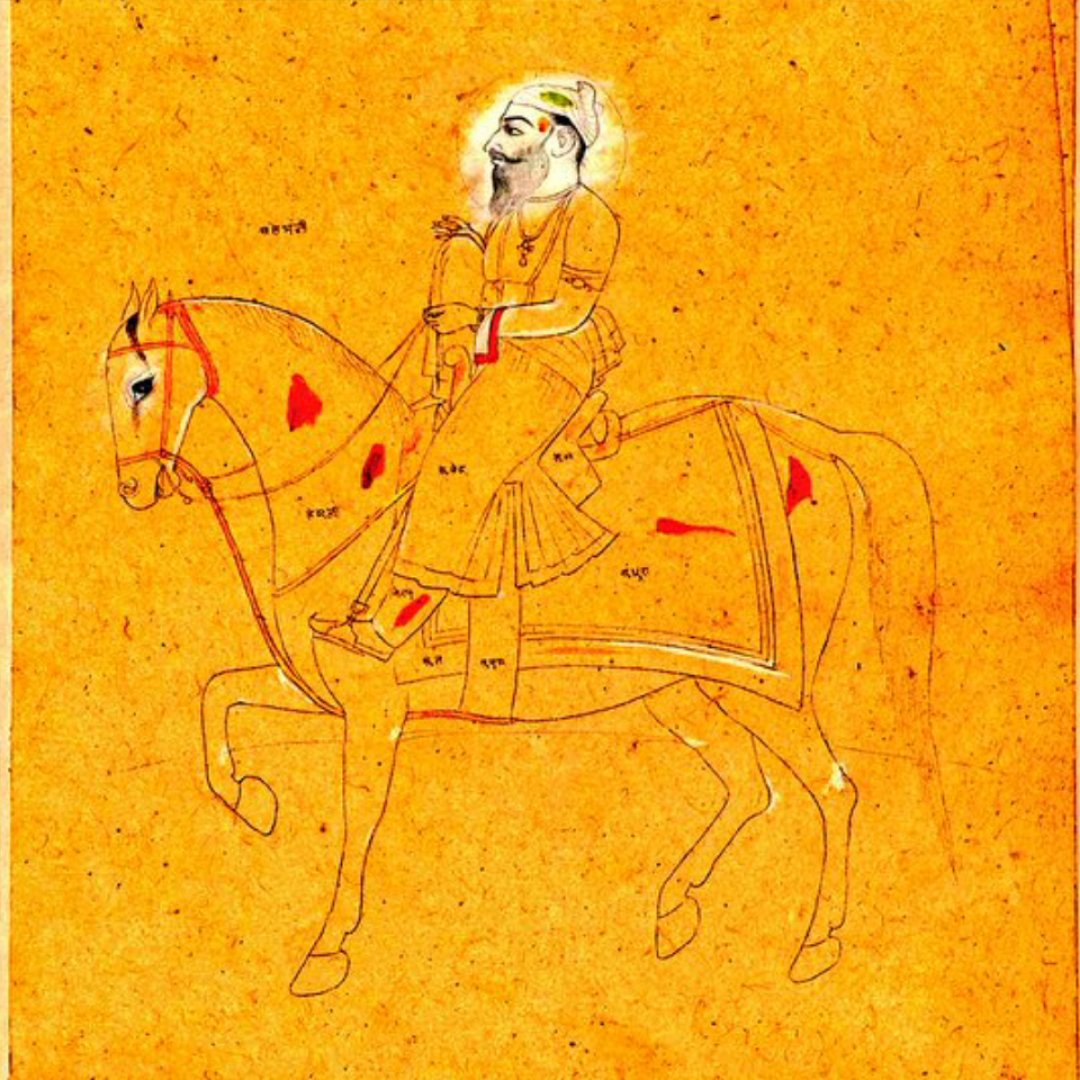@HelloNNewman @RajiIndustani @Kishoreciyer1
Hello Dear Tweeples!
It’s Siddhars time of the week! Last week I shared story of Guru (Machamuni or Yogi Matsyendranath), this week I bring you information on his Shishya.
#Thread on Gorakanathar Siddhar.
@LostTemple7
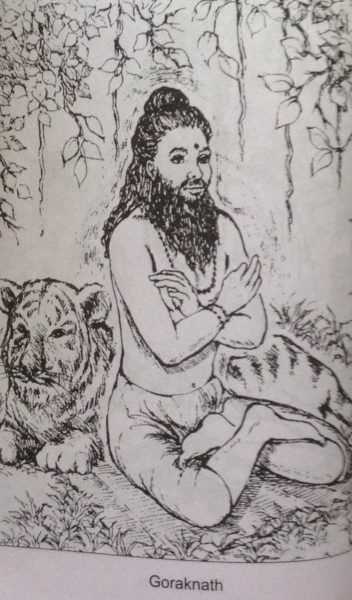
@HelloNNewman @RajiIndustani @Kishoreciyer1
Tiger is a predator that lurks around and attacks unexpectedly.
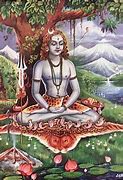
@Itishree001 @VarierSangitha @jananisampath
Here I’m naming a well-known place in Northern India that is influenced by Gorakanathar. The famous Gorakhpur in UP and Gorakhnath Math – to which current UP CM (@myogiadityanath ji) belongs to, +
@RapperPandit
There’s a district in Nepal named ‘Gorkha’, which also is believed to derive it’s name from Gorakshnath. There is a cave with his paduka (footwear) and an idol of him there.
@Elf_of_Shiva_ @hathyogi31 @harshasherni
@VedicWisdom1 @Dharm_Sthapana @Mahadevangini @Tanvangi17 @rightwingchora
As other Siddhars, Gorakkar also contributed in Siddha medicine, Alchemy, Ascetics. Apart from that he also wrote texts on Hath Yoga,
It’s believed that Agasthya Siddhar gave Gorakanathar the duty to safeguard the secrets of Alchemy. Thus, even today, people pursuing Alchemy is advised to pray to Gorakanathar Siddhar in order +
மறைத்திட்டே னென்குகையி லனேக சித்தை
மைந்தனே வுன்றன்பேர்ச் சொல்லி வைத்தேன்
துறையதனைக் கண்டுநீ யெடுத்துக் கொள்ளு
+
சொல்லாதே யொருவருக்கும் தொசந் தோசம்
முறையாக விதையறிந்து நடந்தா யானால்
முனிவர்ளுஞ் சித்தர்களும் புகழு வார்கள்
நிறையாக தெரிந்துகொள் மைந்தா நீயும்
நீடூழி காலம்வரை வாழ்கு வாயே
I have hid many secrets in the cave.
Oh Son, I have signified your name!
Go to your section and take it!+
If you follow the proper instructions,
The Sages and Siddhas shall shower praises.
Understand completely, oh my son!
May you live for eternity!
@VedicCulture__ @lalitha_jr @krithikasivasw @Krishna_Priiya
https://t.co/EeAXHrNeHF
@NandiniVenkate3
korakkar chandira regai (கோரக்கர் சந்திரரேகை)
korakkar namanaasathiravukol (கோரக்கர் நமநாசத் திறவுகோல்)
korakkar ravimegalai (கோரக்கர் ரவிமேகலை)
korakkar muththaaram (கோரக்கர் முத்தாரம்)
korakkar malai vagadam (கோரக்கர் மலை வாகடம்)
korakkar muthineri (கோரக்கர் முத்திநெறி)
korakkar attakarmam (கோரக்கர் அட்டகர்மம்)
korakkar soothiram (கோரக்கர் சூத்திரம்)
korakkar vagara soothiram (கோரக்கர் வகார சூத்திரம்)
korakkar thandagam (கோரக்கர் தண்டகம்)
@desi_thug1 @DivineElement
korakkar bhrama gnanam (கோரக்கர் பிரம்மஞானம்)
Though in Tamil tradition, it’s believed that Gorakkar Siddhar attained mukti and his Jeeva-samadhi is believed to be in Vada Poigainallur, Nagapattinam.
@sambhashan_in
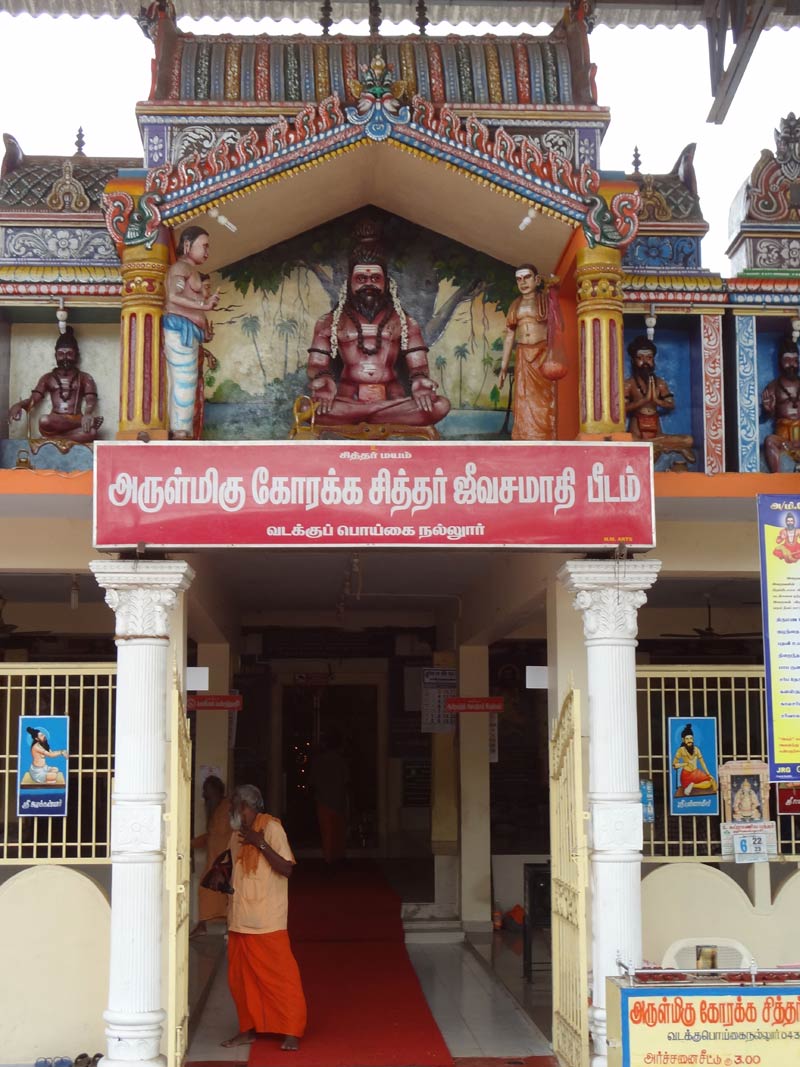
There’s so much to talk about Gorakkar Siddhar, however I’ve only included tidbit of information. Hope you enjoyed reading about Gorakanathar or Gorakshnath.
Content courtesy: https://t.co/K50qC7RiOv & https://t.co/tXM2aVADKg
Pic courtesy: Bing
@BesuraTaansane @chittukuruvi4
More from kārthik கார்த்திக் कार्तिक 🇮🇳🇮🇳🇮🇳 | Sanatani
More from Religion
#BookExcerpts #Venkateshwara #Balaji
I will write a 3 part thread series with some interesting points from this book.
Part-1 : History of Tirumala & Venkateshwara Swamy
Part-2: Rituals & Prasada Procedure
Part-3: Historical records
Part-1 thread below
1/
Venkatachala Hill
Maha Vishnu wished for the mountain Krida / Krida Parvatham / Kridhachalam from Vaikunta to be brought to the earth for his avataram.
This was brought to earth by Garuda and Ananta & placed it on banks of river Swarna Mukhi
2/

This is where current Tirumala temple is located. The fact that this was transported from Vaikunta is apparently a scientifically proven fact.
The scientific dating of the sedimentary rocks have confirmed the date to be around 120 million years ago..
3/
This timeline coincides with Swayambhu Manu manvanthara of the Sweta Varaha Kalpa which is the time when Swamy descended on earth in the form of Venkateshwara Swamy.
From a survey of flora and fauna, they have found rare species of plants & animals like golden gecko..
4/
that are exclusive to this hill range only and not found anywhere else in the world.
Tirumala hills are a range of 7 hills
1. Seshachala
2. Vedachala
3. Garudachala
4. Anjanachala
5. Vrishabhachala
6. Narayanachala
7. Venkatachala --> Where temple is present
5/
I will write a 3 part thread series with some interesting points from this book.
Part-1 : History of Tirumala & Venkateshwara Swamy
Part-2: Rituals & Prasada Procedure
Part-3: Historical records
Part-1 thread below
1/
#Books
— GunduHuduga| \u0c97\u0cc1\u0c82\u0ca1\u0cc1 \u0cb9\u0cc1\u0ca1\u0cc1\u0c97|\U0001f549 (@GunduHuDuGa) January 14, 2021
Thanks to Niranjan Raman again for this wonderful recommendation
Tirumala - Sacred Foods of God pic.twitter.com/dwiZDPI7W0
Venkatachala Hill
Maha Vishnu wished for the mountain Krida / Krida Parvatham / Kridhachalam from Vaikunta to be brought to the earth for his avataram.
This was brought to earth by Garuda and Ananta & placed it on banks of river Swarna Mukhi
2/

This is where current Tirumala temple is located. The fact that this was transported from Vaikunta is apparently a scientifically proven fact.
The scientific dating of the sedimentary rocks have confirmed the date to be around 120 million years ago..
3/
This timeline coincides with Swayambhu Manu manvanthara of the Sweta Varaha Kalpa which is the time when Swamy descended on earth in the form of Venkateshwara Swamy.
From a survey of flora and fauna, they have found rare species of plants & animals like golden gecko..
4/
that are exclusive to this hill range only and not found anywhere else in the world.
Tirumala hills are a range of 7 hills
1. Seshachala
2. Vedachala
3. Garudachala
4. Anjanachala
5. Vrishabhachala
6. Narayanachala
7. Venkatachala --> Where temple is present
5/
You May Also Like
This is a pretty valiant attempt to defend the "Feminist Glaciology" article, which says conventional wisdom is wrong, and this is a solid piece of scholarship. I'll beg to differ, because I think Jeffery, here, is confusing scholarship with "saying things that seem right".
The article is, at heart, deeply weird, even essentialist. Here, for example, is the claim that proposing climate engineering is a "man" thing. Also a "man" thing: attempting to get distance from a topic, approaching it in a disinterested fashion.

Also a "man" thing—physical courage. (I guess, not quite: physical courage "co-constitutes" masculinist glaciology along with nationalism and colonialism.)

There's criticism of a New York Times article that talks about glaciology adventures, which makes a similar point.

At the heart of this chunk is the claim that glaciology excludes women because of a narrative of scientific objectivity and physical adventure. This is a strong claim! It's not enough to say, hey, sure, sounds good. Is it true?
Imagine for a moment the most obscurantist, jargon-filled, po-mo article the politically correct academy might produce. Pure SJW nonsense. Got it? Chances are you're imagining something like the infamous "Feminist Glaciology" article from a few years back.https://t.co/NRaWNREBvR pic.twitter.com/qtSFBYY80S
— Jeffrey Sachs (@JeffreyASachs) October 13, 2018
The article is, at heart, deeply weird, even essentialist. Here, for example, is the claim that proposing climate engineering is a "man" thing. Also a "man" thing: attempting to get distance from a topic, approaching it in a disinterested fashion.

Also a "man" thing—physical courage. (I guess, not quite: physical courage "co-constitutes" masculinist glaciology along with nationalism and colonialism.)

There's criticism of a New York Times article that talks about glaciology adventures, which makes a similar point.

At the heart of this chunk is the claim that glaciology excludes women because of a narrative of scientific objectivity and physical adventure. This is a strong claim! It's not enough to say, hey, sure, sounds good. Is it true?
I'm going to do two history threads on Ethiopia, one on its ancient history, one on its modern story (1800 to today). 🇪🇹
I'll begin with the ancient history ... and it goes way back. Because modern humans - and before that, the ancestors of humans - almost certainly originated in Ethiopia. 🇪🇹 (sub-thread):
The first likely historical reference to Ethiopia is ancient Egyptian records of trade expeditions to the "Land of Punt" in search of gold, ebony, ivory, incense, and wild animals, starting in c 2500 BC 🇪🇹
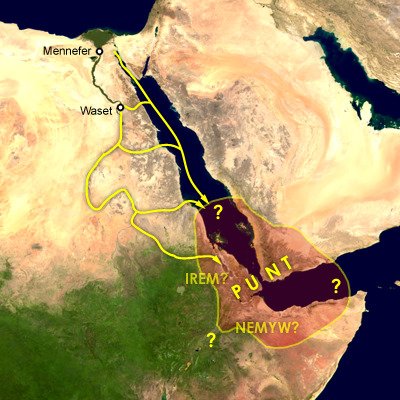
Ethiopians themselves believe that the Queen of Sheba, who visited Israel's King Solomon in the Bible (c 950 BC), came from Ethiopia (not Yemen, as others believe). Here she is meeting Solomon in a stain-glassed window in Addis Ababa's Holy Trinity Church. 🇪🇹
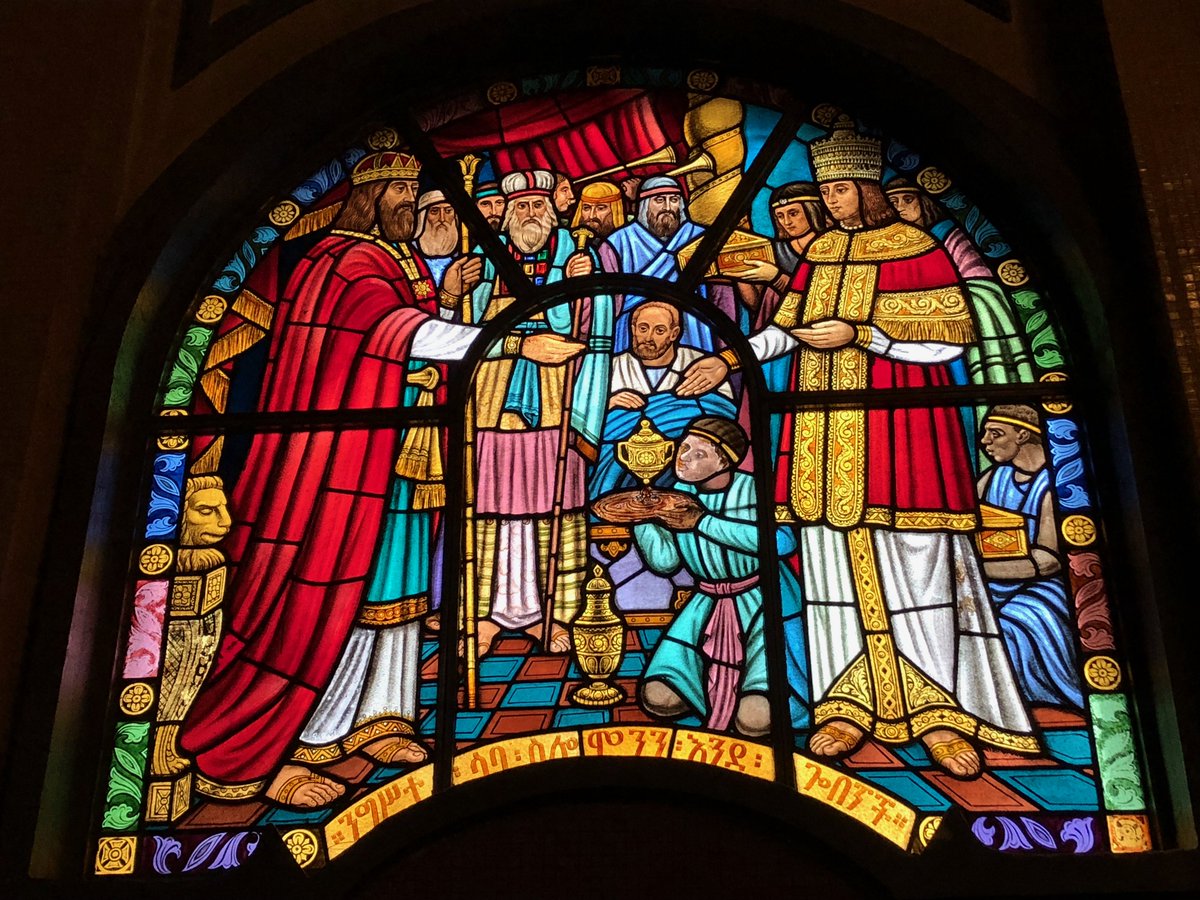
References to the Queen of Sheba are everywhere in Ethiopia. The national airline's frequent flier miles are even called "ShebaMiles". 🇪🇹

I'll begin with the ancient history ... and it goes way back. Because modern humans - and before that, the ancestors of humans - almost certainly originated in Ethiopia. 🇪🇹 (sub-thread):
The famous \u201cLucy\u201d, an early ancestor of modern humans (Australopithecus) that lived 3.2 million years ago, and was discovered in 1974 in Ethiopia, displayed in the national museum in Addis Ababa \U0001f1ea\U0001f1f9 pic.twitter.com/N3oWqk1SW2
— Patrick Chovanec (@prchovanec) November 9, 2018
The first likely historical reference to Ethiopia is ancient Egyptian records of trade expeditions to the "Land of Punt" in search of gold, ebony, ivory, incense, and wild animals, starting in c 2500 BC 🇪🇹

Ethiopians themselves believe that the Queen of Sheba, who visited Israel's King Solomon in the Bible (c 950 BC), came from Ethiopia (not Yemen, as others believe). Here she is meeting Solomon in a stain-glassed window in Addis Ababa's Holy Trinity Church. 🇪🇹

References to the Queen of Sheba are everywhere in Ethiopia. The national airline's frequent flier miles are even called "ShebaMiles". 🇪🇹











